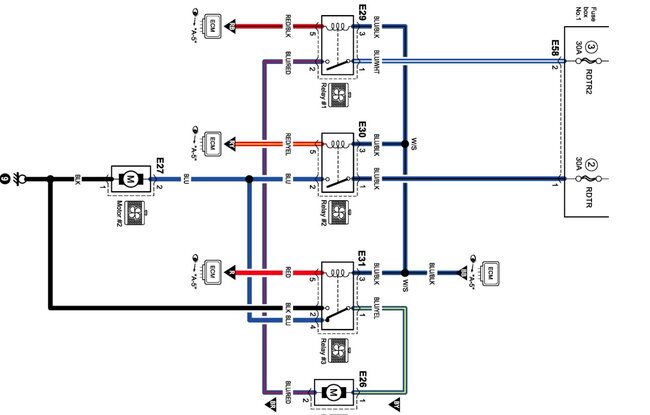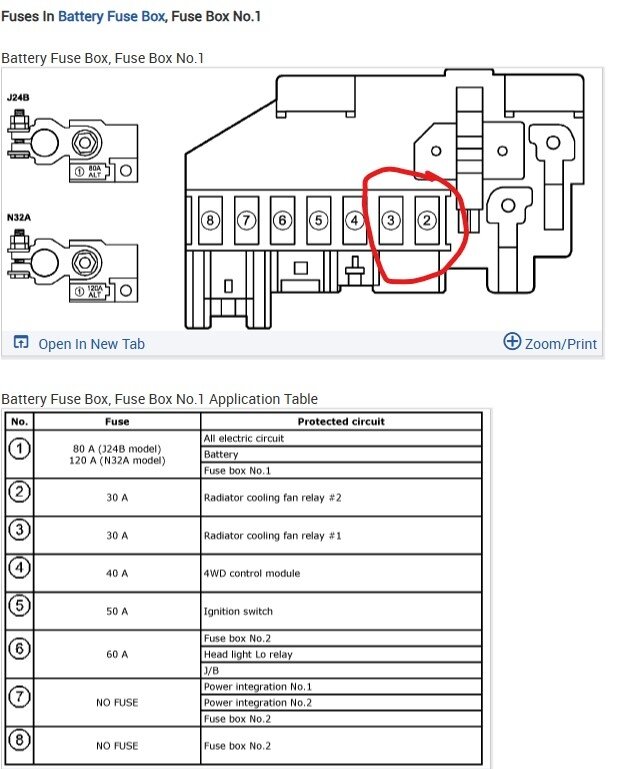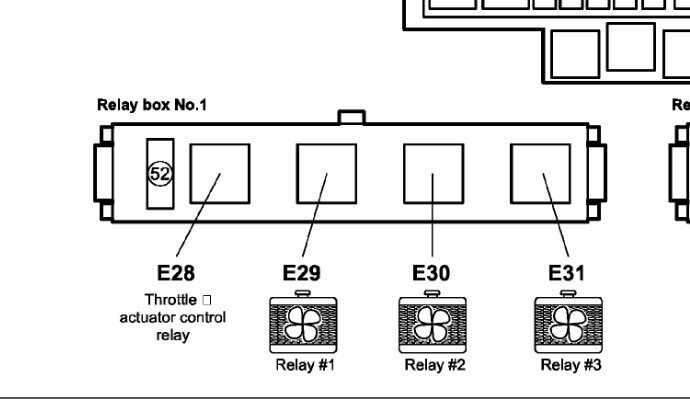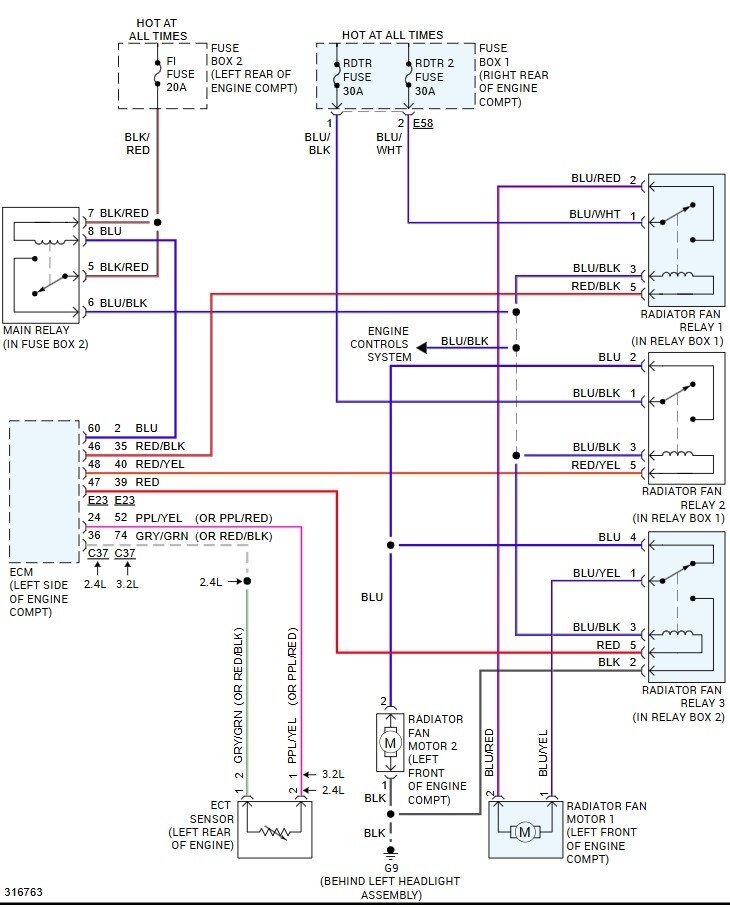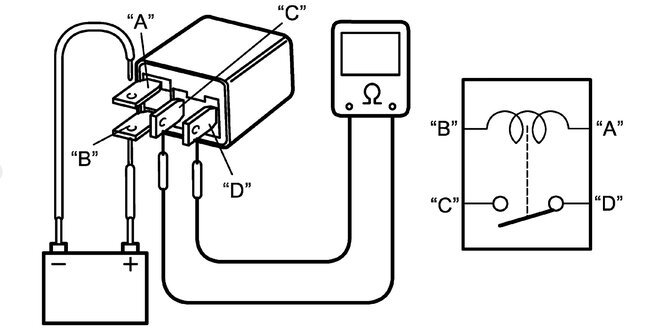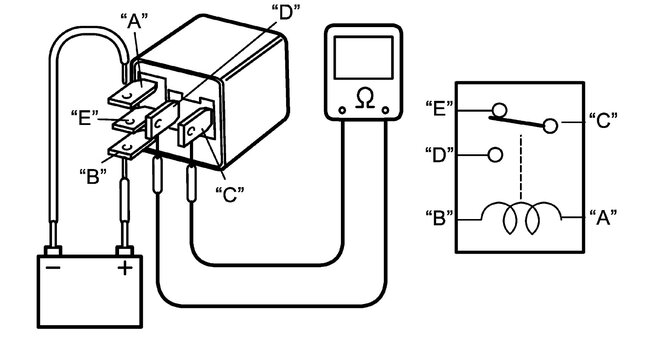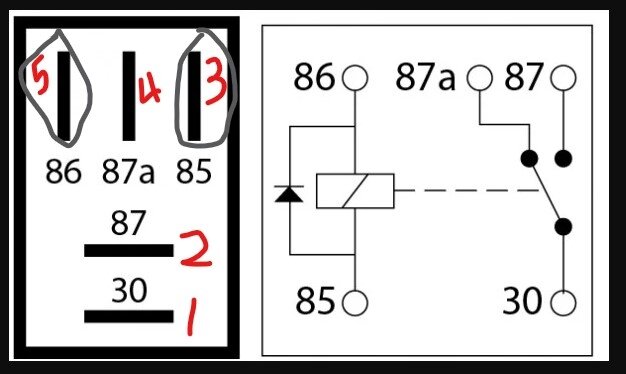Hello Steve,
I performed the test with two fan motors.
I used a volt meter to find the serial fan power with the key on.
Disconnect one fan motor at a time leaving one fan connector in connection mode.
First fan connector tested show no power on the connector harness side.
The second connector showed ground terminals power 0.01. And power terminal showed 0.10 power on harness side with key on and first fan motor reconnected, key is on.
One test light on battery power and other test light to bat neg, with two clip wires, both test light's are now connected to fan motor, with key off. Following the polarity of these two fans in series.
Everything is isolated and in position the motors did not spin.
Next with the key on the motors did not spin and the test lights did not light up.
Next engine is running warming up after 10 minutes the fan propellers did not spin afterwards I tapped the fan motors on each side to shake off rust from brushes they did not spin either.
After 30 min turned engine off.
I removed temperature coolant sensor, use volt meter to test for for a ground power it registered 0.O5.
Next left the sensor unplugged and turned key engine started. Waited 20 to 15 minutes the temperature gauge inside dash board on the Middle. I oversexed for 10 minutes more no fans motors did not engaged. The key off, connecting the harness side to temperature sensor, started engine waited another 10 minutes to if the ECM and temp sensor would turn the fans motors, no response
I kept telling the fan motors while engine running no response.
It's Saturday I was planning to remove the fan shroud, I now decided to wait for your insight Mr Steve, your input is valuable I will wait till Tuesday next week.
Respectfully,
Sophie Bruno.
Saturday, July 19th, 2025 AT 10:44 AM
